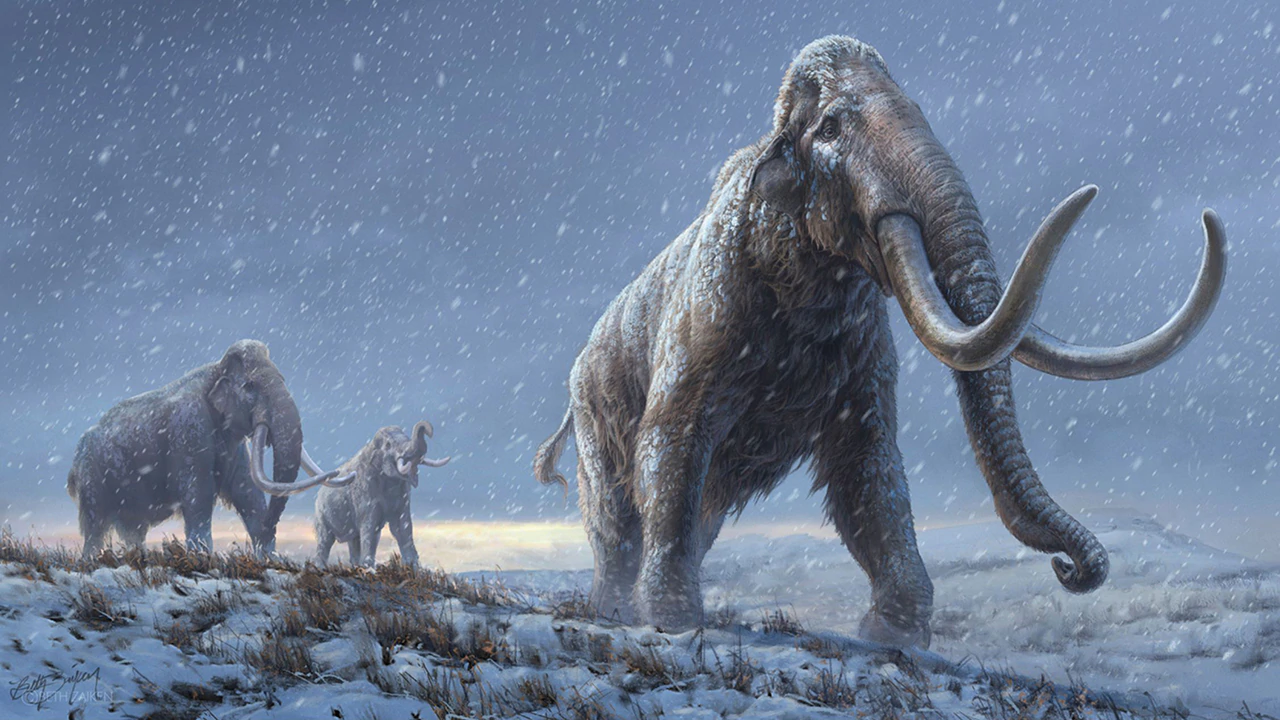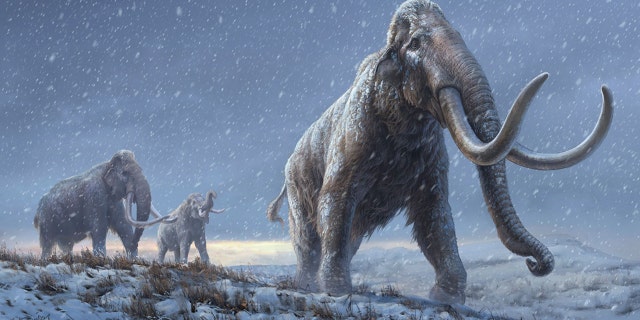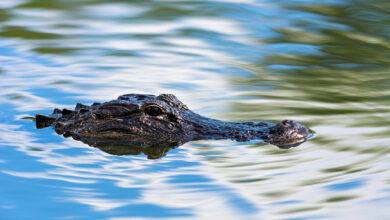Million-year-old Siberian mammoth DNA breaks record for oldest sequenced

[ad_1]
Scientists have made one mammoth discovery – literally.
The oldest DNA ever sequenced – more than 1 million years – has been extracted from three mammoth teeth that had been excavated from Siberian permafrost in the 1970s and have revealed a previously unknown kind of mammoth, according to findings first published by Nature.
The mammoth DNA shatters the previous record from a horse that lived between 560,000 and 780,000 years ago.
SEA MONSTER WITH LONG SNOUT AND INTERLOCKING TEETH DISCOVERED
Ludovic Orlando, a researcher with the Centre for Anthropobiology and Genomics of Toulouse, who co-led the research that yielded the previous record, said he had been waiting for it to be broken since 2013. “I’m pleased to lose this record, because it was a heavy one,” he said.
DNA degrades into shorter fragments over time making sequencing the more than 1 million-year-old teeth a bit of a puzzle, but permafrost helps preserve the genetic data, Nature reported.
The scientists also used the genetic code from a modern African elephant to fill in the information gaps.
Love Dalén, an evolutionary geneticist at the Centre for Palaeogenetics in Stockholm, who was involved in the research, said the DNA is “quite close to the limit of what is possible.”

(Beth Zaiken/Centre for Palaeogenetics)
“It’s not like everything found in the permafrost always works,” Dalén said, according to Nature. “The vast majority of samples have cr—DNA.”
‘JURASSIC PARK’ DISCOVERY: GIANT FOOTPRINTS SHED NEW LIGHT ON NEW CARNIVEROUS DINOSAURS
He added that 2.6 million years, when the Pleistocene Epoch (the last Ice Age) started, is the likely limit for ancient DNA in permafrost. “Before that, it was too warm, he explained.
The two oldest molars from a species that appeared to be steppe mammoths (that pre-predated the woolly mammoth) are between 1.3 million and 1.65 million years old, Nature reported, and the youngest, a woolly mammoth, is around 600,000 years old.
While the second-oldest specimen, known as Adycha, was a predecessor of the woolly mammoth, the oldest, found near the village of Krestovka, was not.
“We can’t say it’s a different species, but it sure looks like it,” Dalén said.
Dr. Tom van der Valk, a researcher at University of Uppsala in Sweden and co-author of the study, said the findings came as a complete surprise. “All previous studies have indicated that there was only one species of mammoth in Siberia at that point in time, called the steppe mammoth,” he said.
The last mammoth went extinct around 4,000 years ago.
CLICK HERE TO GET THE FOX NEWS APP
The researchers found that Columbia mammoths, which inhabited North America around 420,000 years ago, can trace their lineage to both the woolly mammoth and the Krestovka mammoth.
Scientists said the the study could have implications for sequencing the remains of anicent human relatives.
[ad_2]
Source link






